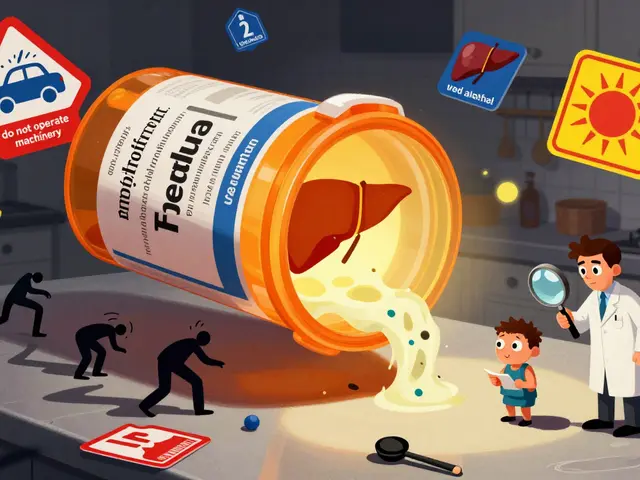Gabapentin alternative: Practical options for nerve pain
Looking for a gabapentin alternative? Whether gabapentin caused side effects or didn’t help enough, there are clear options to consider. This page lays out common drug substitutes, useful topical choices, and non-drug approaches you can discuss with your clinician. I’ll also give quick, practical tips for switching safely.
Drug alternatives to consider
Pregabalin (Lyrica) works like gabapentin and is often the first substitute. It can relieve nerve pain and fibromyalgia for many people, but it may cause similar dizziness or sleepiness. Duloxetine (Cymbalta) is an SNRI approved for diabetic neuropathy and fibromyalgia; it helps mood and pain at once, which can be helpful if anxiety or depression is present. Tricyclic antidepressants like amitriptyline or nortriptyline are older options with strong evidence for neuropathic pain, but watch for dry mouth, constipation, and heart effects—doses are usually low when used for pain. Topical drugs such as 5% lidocaine patches or high-concentration capsaicin patches target localized nerve pain with fewer systemic effects. If your pain is inflammatory or musculoskeletal, short-term NSAIDs or topical NSAID gels may help, though they are not first-line for classic neuropathic pain. Opioids rarely are a good long-term alternative for nerve pain because benefits are limited and risks are high—this is a last-resort option with close monitoring.
Non-drug options and safe switching tips
Non-drug choices often make a big difference. Physical therapy can improve function and reduce pain signals. Cognitive behavioral therapy (CBT) helps people cope with chronic pain and reduces its impact on daily life. Transcutaneous electrical nerve stimulation (TENS) or acupuncture gives relief for some patients. Sleep, nutrition, and graded exercise matter more than you might expect—poor sleep magnifies pain.
When switching medications, taper slowly if you’re stopping gabapentin—sudden stops can cause withdrawal or rebound pain. Your prescriber can recommend an overlap schedule: start the new drug at a low dose while you reduce gabapentin. Check kidney function—gabapentin and many alternatives need dose adjustments in renal impairment. Also review other medicines for interactions (for example, combining sedating drugs raises fall risk).
Practical checklist before you change: 1) Confirm the main reason you want a change (side effects, cost, poor effect). 2) Pick an alternative that matches your diagnosis (localized vs widespread neuropathy, mood symptoms, etc.). 3) Ask about likely side effects and how to monitor them. 4) Plan a taper and follow-up visit within 2–4 weeks. 5) Try non-drug therapies at the same time—combined treatments often work better than a single pill.
If you’re thinking about switching, talk to your doctor or pharmacist. They’ll tailor the choice to your condition, other meds, and health history. A smart switch can cut side effects and give you better daily function without unnecessary risk.
Low-Dose Naltrexone: The Gabapentin Alternative for Neuropathy & Chronic Pain in 2025
Low-dose naltrexone (LDN) is catching eyes as a gabapentin alternative for neuropathy and chronic pain. This article breaks down pilot trial findings, practical prescribing tips, dosage details, and safety notes. It also explores how LDN measures up to longtime favorites like gabapentin and what real patients and doctors are saying in 2025. Dig into what really works, minus all the hype, to get helpful insights for anyone considering new options for nerve pain relief.






